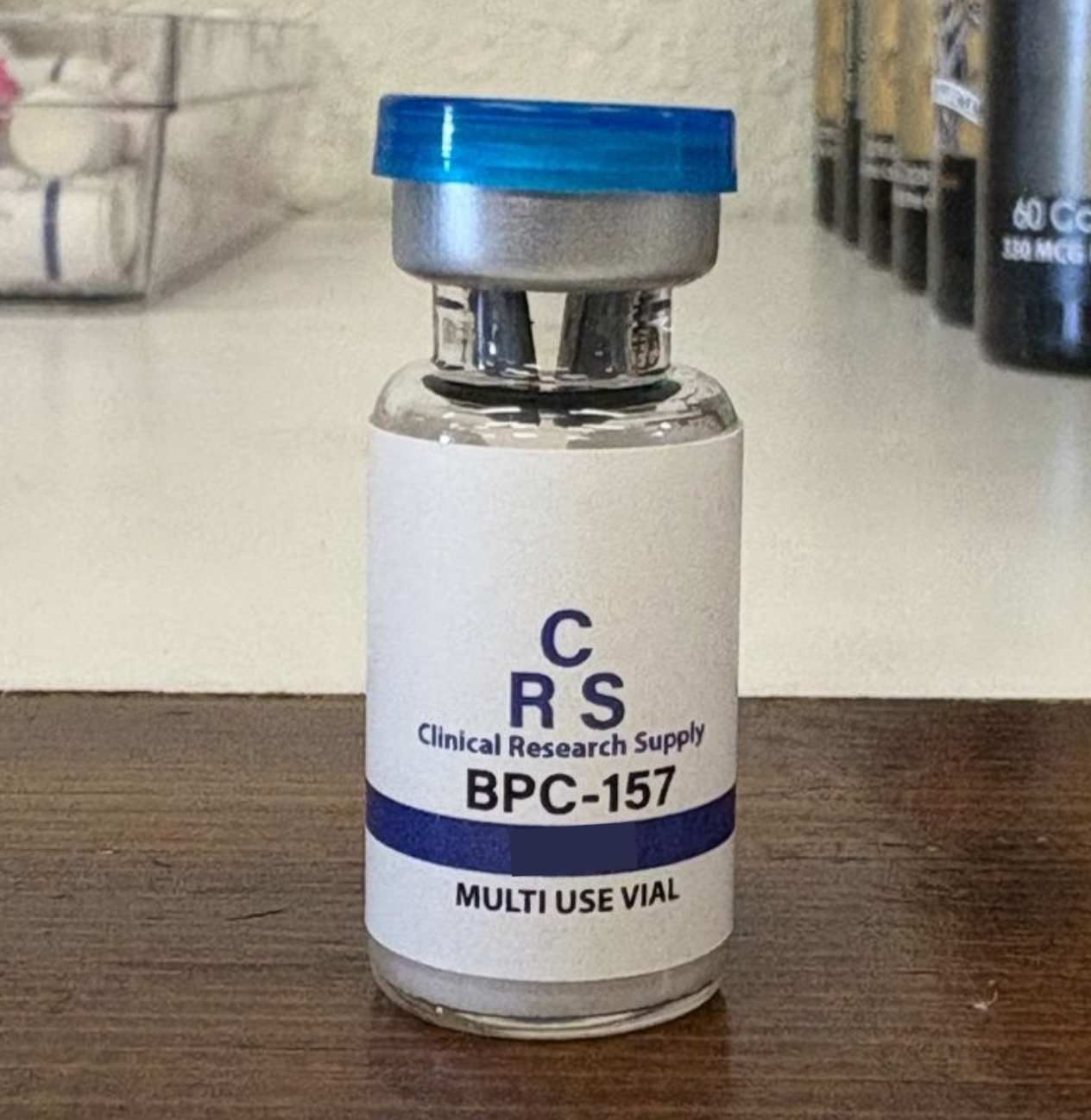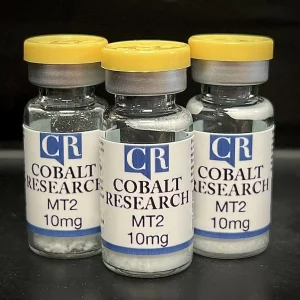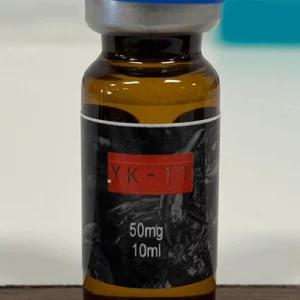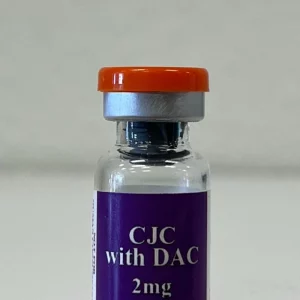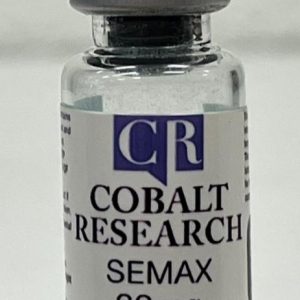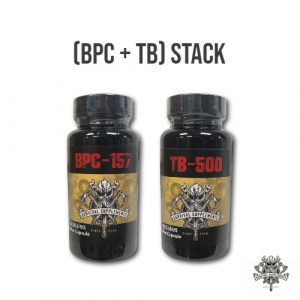BPC-157 (5mg, 10mg)
$49.99 – $339.96Price range: $49.99 through $339.96
BPC-157 is a synthetic peptide derived from a protective protein found in gastric juice. It is widely studied for its effects on tendon, ligament, and gastrointestinal healing, as well as its anti-inflammatory and neuroprotective actions.
Product Profile
-
Compound: BPC-157 (Body Protection Compound)
-
Class: Synthetic peptide
-
Form: Lyophilized powder for reconstitution
-
Available concentrations: 5mg and 10mg vials
-
Application: Research and laboratory use
Mechanism of Action
-
Angiogenesis modulation – Stimulates blood vessel formation directly at injury sites.
-
Growth factor interaction – Enhances VEGF (vascular endothelial growth factor) activity, critical in wound repair.
-
Anti-inflammatory signaling – Downregulates pro-inflammatory cytokines.
-
Collagen synthesis stimulation – Improves tendon and ligament healing through increased fibroblast activity.
-
Neuroprotective activity – Protects peripheral nerves from damage in experimental models.
Documented Research Outcomes
Musculoskeletal Repair
-
Accelerated tendon and ligament healing, with stronger collagen fiber alignment.
-
Improved load-bearing capacity in animal tendon rupture studies.
Gastrointestinal Healing
-
Protective effect on the gastric mucosa, reducing ulcer formation.
-
Faster closure of intestinal anastomosis sites in research.
Inflammation and Pain Reduction
-
Lower inflammatory markers in joint injury models.
-
Reduction in neuropathic pain behaviors.
Vascular and Nerve Recovery
-
Enhanced angiogenesis at wound sites.
-
Protection of peripheral nerve function post-injury.
Comparative Notes: 5mg vs 10mg Vials
-
5mg vial: Useful for small-scale or pilot studies.
-
10mg vial: Suitable for extended research cycles or models requiring larger doses.
BPC-157 Research FAQs
1. What is BPC-157?
BPC-157 is a synthetic peptide fragment derived from a naturally occurring gastric protein, studied for healing and protective effects.
2. How does BPC-157 work in tendon and ligament healing?
It increases fibroblast migration and collagen synthesis, strengthening tissue repair and alignment.
3. What is the main difference between BPC-157 and TB-500?
-
BPC-157: Localized action, especially effective in tendon, ligament, and gut healing.
-
TB-500: Broader systemic repair and angiogenesis effects.
4. What vial sizes are available?
Supplied in 5mg and 10mg lyophilized vials for flexible research dosing.
5. Does BPC-157 have gastrointestinal benefits?
Yes. It protects the gastric lining, reduces ulcer formation, and accelerates intestinal healing in experimental studies.
6. What is its effect on inflammation?
BPC-157 reduces pro-inflammatory cytokines and improves mobility in joint and muscle injury models.
7. How does BPC-157 influence nerves?
It shows neuroprotective effects, preserving peripheral nerve function after trauma.
8. What cycle lengths are observed in research?
Typical research cycles run 4–6 weeks, with tissue healing improvements noted as early as 2 weeks.
9. Is BPC-157 connected to growth hormone pathways?
BPC-157 interacts indirectly with growth factors such as VEGF but does not directly stimulate GH release.
| Selection |
5mg ,10mg ,5mg Buy 4 Get 1 Free ,10mg Buy 4 Get 1 Free |
|---|
Related products
BPC-157 + TB-500 Stack
In stock

